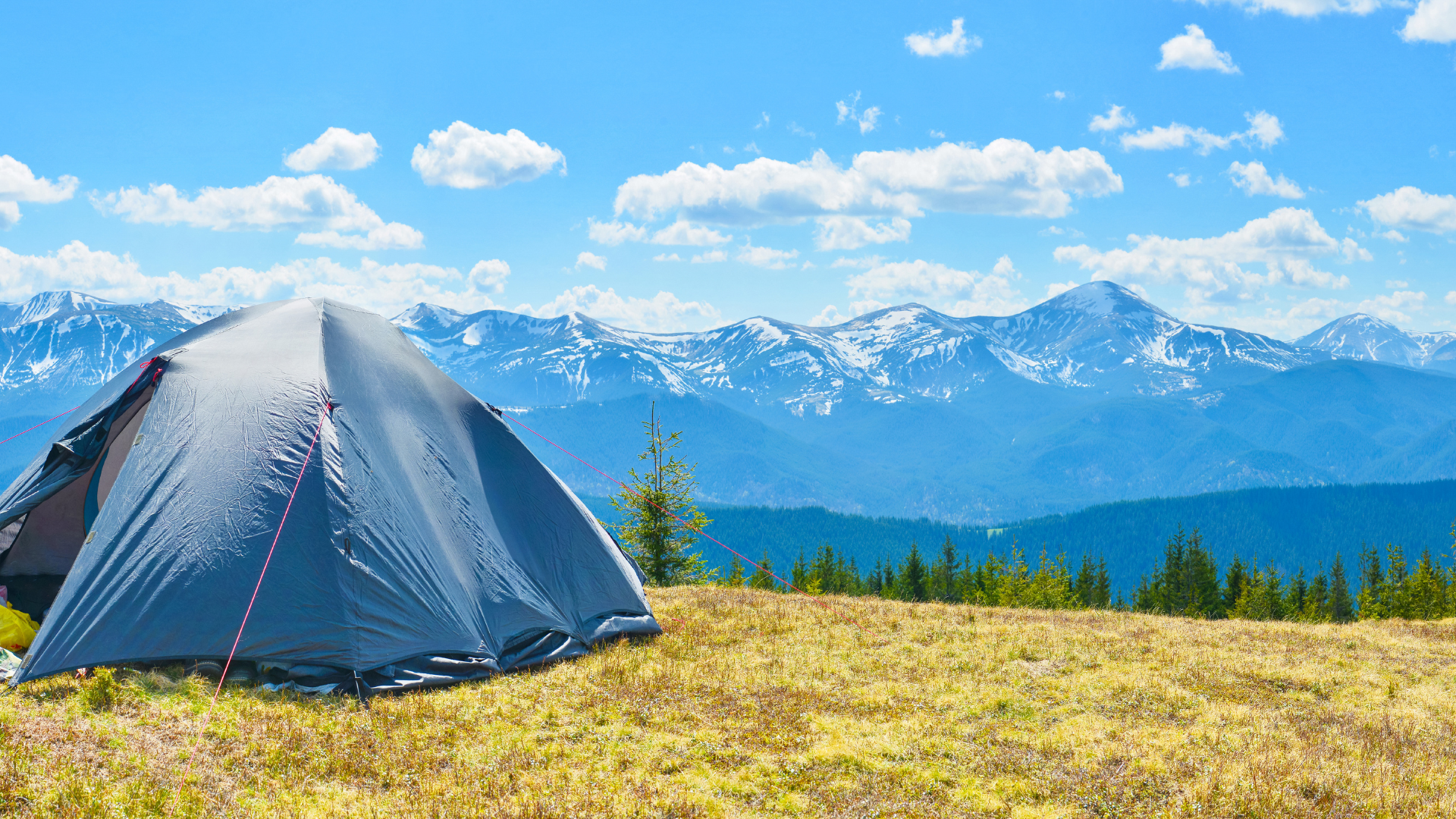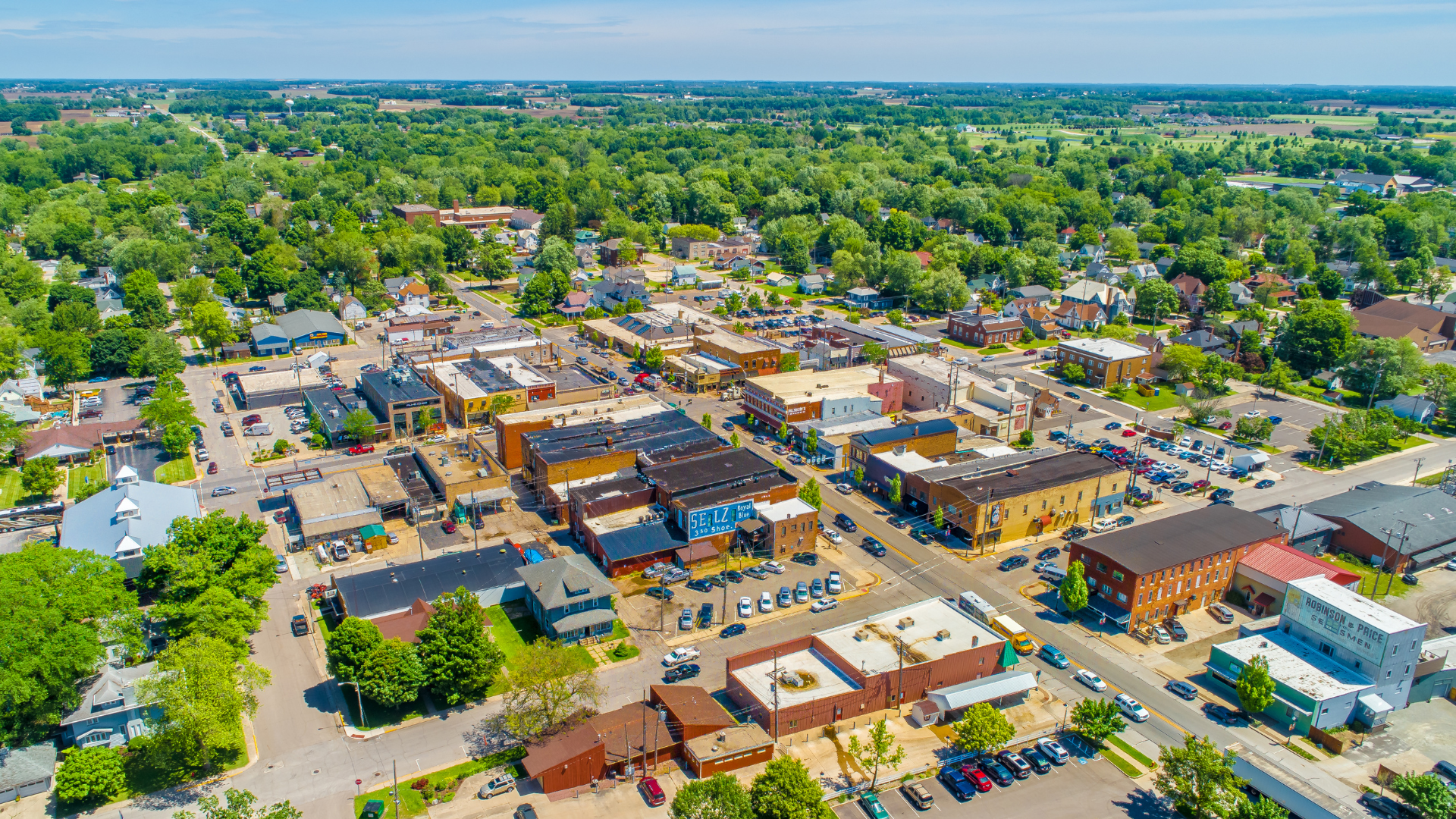The mountain ranges of Peru are among the most awe-inspiring and diverse in the world. Dominated by the Andes, the longest mountain range on Earth, Peru’s mountains offer breathtaking landscapes, rich cultural history, and thrilling adventures for travelers. From the snow-capped peaks of the Cordillera Blanca to the rugged terrains of the Vilcabamba Range, Peru is a paradise for mountaineers, trekkers, and nature enthusiasts alike. In this guide, we will explore the most significant mountain ranges in Peru, their geographical features, and what makes them unique destinations for exploration.
Table of Contents
The Andes Mountains: Peru’s Backbone
The Andes Mountains, stretching over 7,000 kilometers along the western coast of South America, are the backbone of Peru. This vast range is divided into three major sections in Peru: the Western Andes, the Central Andes, and the Eastern Andes. Each section has its own distinct geography, climate, and cultural significance.
The Western Andes are characterized by their proximity to the Pacific Ocean and include some of the most arid regions in the country. The Central Andes are home to the highest peaks, including the famous Huascarán, while the Eastern Andes gradually descend into the Amazon Basin, offering lush forests and diverse wildlife.

Cordillera Blanca: The Snowy Crown of Peru
The Cordillera Blanca, or “White Range,” is the highest tropical mountain range in the world and a major highlight of Peru’s Andean landscape. Located in the Ancash region, this range is known for its dramatic, snow-covered peaks, glacial lakes, and deep valleys. Huascarán, the highest point in Peru at 6,768 meters (22,205 feet), dominates the range. The Cordillera Blanca is a mecca for climbers, offering over 50 peaks above 5,000 meters.
Huascarán National Park, which encompasses much of the Cordillera Blanca, is a UNESCO World Heritage Site. It is home to a variety of ecosystems, ranging from tropical forests to high-altitude glaciers, making it a biodiversity hotspot. The park also offers numerous trekking routes, such as the Santa Cruz Trek, one of the most popular hikes in South America.
Cordillera Negra: The Dark Sister Range
Lying parallel to the Cordillera Blanca, the Cordillera Negra is often referred to as the “dark sister” due to its lack of permanent snow and glaciers. Despite this, the Cordillera Negra offers stunning views of its snowy counterpart across the valley. The range’s highest peak, Cerro Negro, reaches 5,187 meters (17,014 feet).
The Cordillera Negra is less frequented by tourists, making it a great destination for those seeking solitude and lesser-known trails. The region is also significant for its rich agricultural terraces, which have been cultivated by local communities for centuries.
Cordillera Huayhuash: A Hidden Gem
The Cordillera Huayhuash is one of Peru’s lesser-known mountain ranges, but it is renowned among serious trekkers and climbers for its rugged beauty and challenging terrain. Located south of the Cordillera Blanca, this compact range features some of the most dramatic peaks in the Andes, including Yerupajá, the second-highest mountain in Peru at 6,635 meters (21,768 feet).
The Huayhuash Circuit is considered one of the most spectacular trekking routes in the world. The circuit takes hikers through remote villages, across high passes, and around stunning glacial lakes, all while offering breathtaking views of towering peaks. Due to its remote location, the Cordillera Huayhuash remains relatively untouched, preserving its pristine landscapes and traditional ways of life.
Vilcabamba Range: The Last Stronghold of the Inca
The Vilcabamba Range holds a special place in Peruvian history as the last refuge of the Inca Empire after the Spanish conquest. This remote and rugged mountain range is located in the Cusco region and is famous for its archaeological sites, including the ruins of Vitcos and the legendary lost city of Machu Picchu.
The Vilcabamba Range is less developed for tourism compared to other parts of the Andes, making it an ideal destination for those interested in history and adventure. The range’s dense forests and steep valleys provide a challenging environment for trekking, but the rewards include discovering hidden Inca ruins and experiencing the rich cultural heritage of the region.
The Central Andes: Heart of the Andean Highlands
The Central Andes are the heart of the Peruvian highlands, encompassing a vast area with diverse landscapes and cultures. This region is characterized by its high-altitude plateaus, known as altiplanos, and its rugged mountains. The Central Andes are home to important cultural and historical sites, such as the city of Cusco, the former capital of the Inca Empire, and the Sacred Valley, a region rich in archaeological sites and traditional Andean villages.
The Central Andes also feature the Cordillera Vilcanota, another significant mountain range in Peru. This range includes the sacred mountain of Ausangate, revered by the local Quechua people. The Ausangate Trek is one of the most beautiful in Peru, offering stunning views of glaciers, turquoise lakes, and traditional herding communities.
The Eastern Andes: Gateway to the Amazon
As the Andes descend towards the east, they merge into the lush, tropical forests of the Amazon Basin. The Eastern Andes are characterized by steep, forested slopes and deep river valleys. This region is home to some of the most biodiverse ecosystems in the world, with a mix of Andean and Amazonian flora and fauna.
The Eastern Andes are less explored than the more famous ranges, but they offer unique opportunities for eco-tourism and adventure. The Manu Biosphere Reserve, located in this region, is one of the most biologically diverse areas on the planet and a UNESCO World Heritage Site. Visitors can experience a range of activities, from birdwatching and wildlife spotting to exploring ancient Inca roads and visiting remote indigenous communities.
Cordillera de Carabaya: The Land of Gold
The Cordillera de Carabaya, located in the Puno region, is one of Peru’s most mineral-rich mountain ranges, historically known for its gold deposits. This range is also known for its striking geological formations and colorful landscapes. The Cordillera de Carabaya is home to the Quelccaya Ice Cap, the largest tropical ice cap in the world.
The region offers a range of outdoor activities, including trekking, mountaineering, and exploring its unique geological features. The combination of high-altitude lakes, glaciers, and rolling hills makes the Cordillera de Carabaya a diverse and visually stunning destination.
Cordillera de la Viuda: A Photographer’s Dream
The Cordillera de la Viuda is a smaller, lesser-known range located near Lima. Despite its modest size, the range offers some of the most picturesque landscapes in Peru, with crystal-clear lakes, waterfalls, and dramatic mountain scenery. The Cordillera de la Viuda is a popular destination for day trips and short hikes from Lima, making it accessible for those looking to experience the beauty of the Andes without venturing too far from the capital.
Photographers are particularly drawn to this range for its vivid colors and striking contrasts, especially during the wet season when the vegetation is lush and the lakes are full. The region is also steeped in local legends and folklore, adding a cultural dimension to its natural beauty.
The Challenges and Rewards of Exploring Peru’s Mountain Ranges
Exploring the mountain ranges of Peru is not without its challenges. The high altitudes, remote locations, and varying weather conditions can make travel difficult, but the rewards are immense. Peru’s mountains offer some of the most breathtaking scenery in the world, with towering peaks, pristine lakes, and deep valleys that are home to rich biodiversity and ancient cultures.
For adventurers, the challenges of trekking or climbing in these ranges are part of the appeal. The sense of achievement that comes from reaching a remote peak or discovering a hidden ruin is unmatched. Moreover, the opportunity to connect with local communities and learn about their traditions adds depth to the experience.
Cultural Significance of Peru’s Mountain Ranges
The mountains of Peru are not just natural wonders; they are also deeply intertwined with the country’s culture and history. For centuries, the Andean mountains have been revered as sacred by the indigenous peoples of Peru. The Incas, in particular, saw the mountains as the abode of the gods, and many of their most important religious sites were built on or near mountain peaks.
Today, this cultural significance is still very much alive. Many Andean communities continue to practice traditional rituals and ceremonies that honor the mountains, such as offerings to Pachamama (Mother Earth) and pilgrimages to sacred sites. These traditions provide a rich cultural backdrop for any visit to Peru’s mountain ranges, offering insights into the spiritual connection between the people and their environment.
Conservation Efforts in Peru’s Mountain Regions
The natural beauty of Peru’s mountain ranges is matched by their ecological importance. These regions are home to unique ecosystems and a wide variety of plant and animal species, many of which are found nowhere else on Earth. However, they are also vulnerable to the impacts of climate change, deforestation, and mining.
Conservation efforts are crucial to preserving these fragile environments. Organizations and local communities are working to protect the biodiversity of the mountain regions through initiatives such as reforestation, sustainable tourism, and the creation of protected areas. In particular, the conservation of Peru’s glaciers is a key focus, as they are a vital source of water for both the highlands and the lowland areas.
Planning Your Trip to Peru’s Mountain Ranges
When planning a trip to explore the mountain ranges of Peru, it’s important to consider the timing, logistics, and physical demands of your journey. The best time to visit most of these ranges is during the dry season, from May to September, when the weather is more stable, and the skies are clear. However, some areas, particularly in the eastern regions, can be visited year-round.
Acclimatization is also a critical factor when traveling to high-altitude regions in Peru. Spending a few days in places like Cusco or Huaraz before embarking on a trek can help prevent altitude sickness and ensure a more enjoyable experience.
Also Read- Mountaineering in Argentina
FAQs
What is the highest mountain range in Peru?
The highest mountain range in Peru is the Cordillera Blanca, which is home to Huascarán, the highest peak in Peru at 6,768 meters.
What is the best time to visit the mountain ranges of Peru?
The best time to visit most of Peru’s mountain ranges is during the dry season, from May to September, when the weather is more stable.
Is it safe to trek in the mountain ranges of Peru?
Yes, trekking in Peru’s mountain ranges is generally safe, but it is important to be well-prepared and to acclimatize properly to the altitude.
What should I bring when trekking in Peru’s mountains?
When trekking in Peru’s mountains, you should bring appropriate clothing for varying temperatures, sturdy footwear, a good-quality backpack, and plenty of water. A first aid kit and a map or GPS are also essential.
Are there any cultural practices I should be aware of when visiting Peru’s mountain regions?
Yes, many Andean communities have traditional customs and practices that are important to respect, such as offering coca leaves to Pachamama (Mother Earth) before embarking on a trek.
How is climate change affecting Peru’s mountain ranges?
Climate change is having a significant impact on Peru’s mountain ranges, particularly through the retreat of glaciers, which affects water supply and local ecosystems.
Conclusion
The mountain ranges of Peru offer a captivating blend of natural beauty, adventure, and cultural richness. From the towering peaks of the Andes to the remote and rugged ranges of Vilcabamba and Huayhuash, these mountains are a testament to the diverse landscapes and histories that define Peru. Whether you are an experienced mountaineer or a casual trekker, exploring the mountain ranges of Peru is an unforgettable experience that will leave you with lasting memories and a deep appreciation for this extraordinary country.





